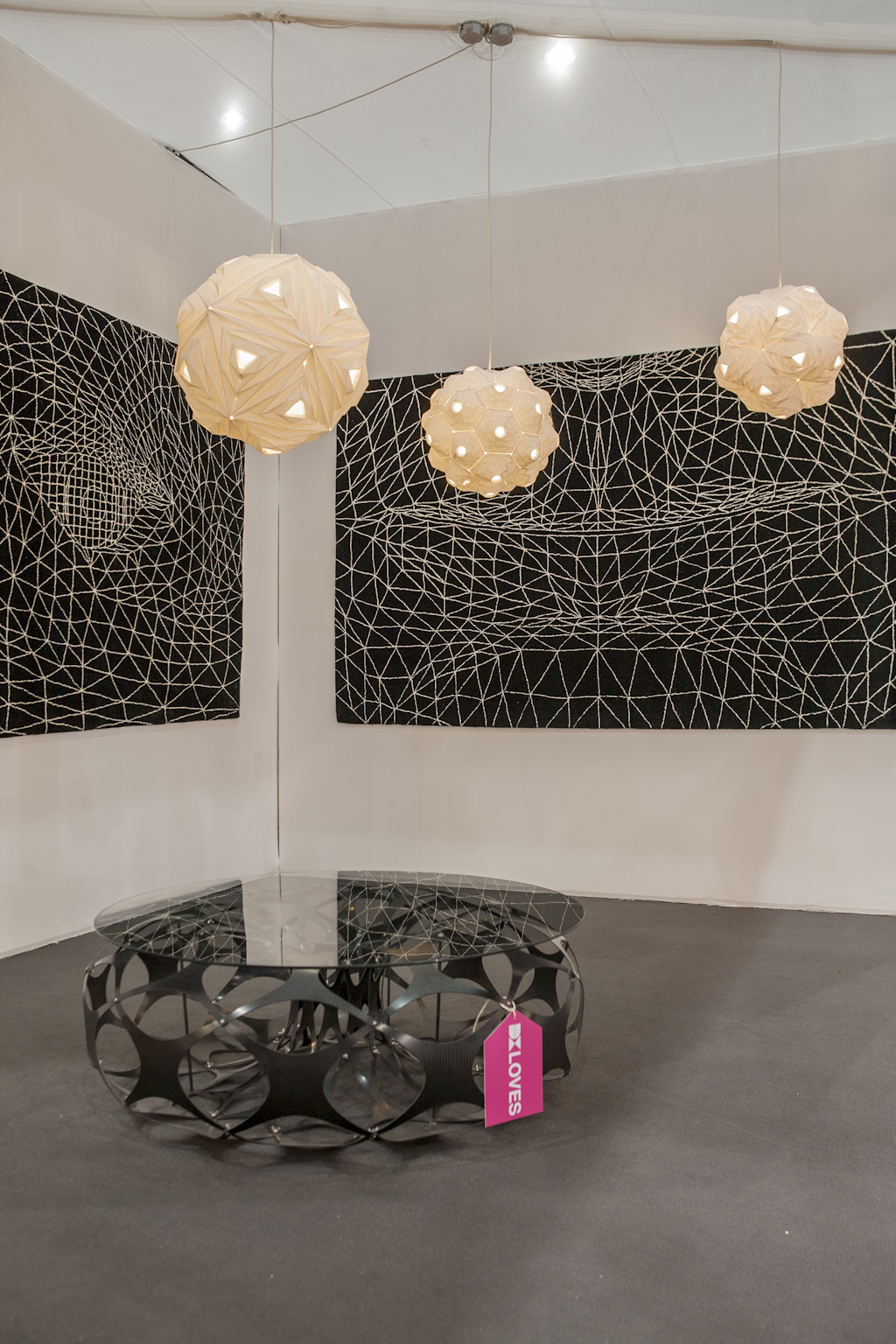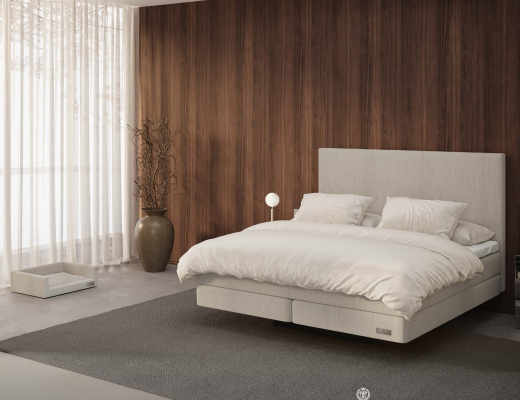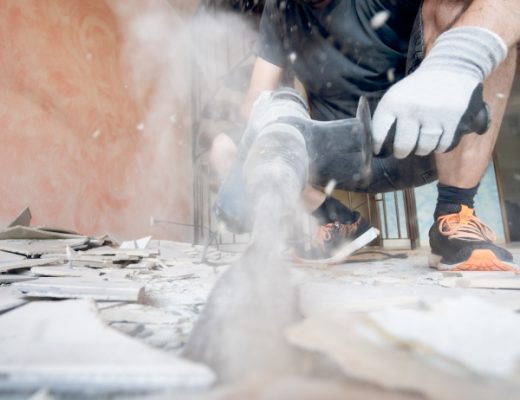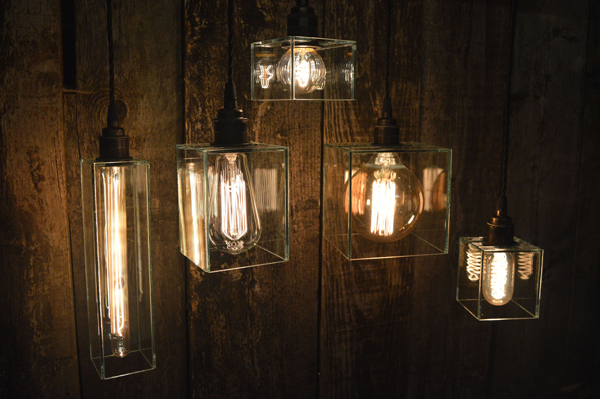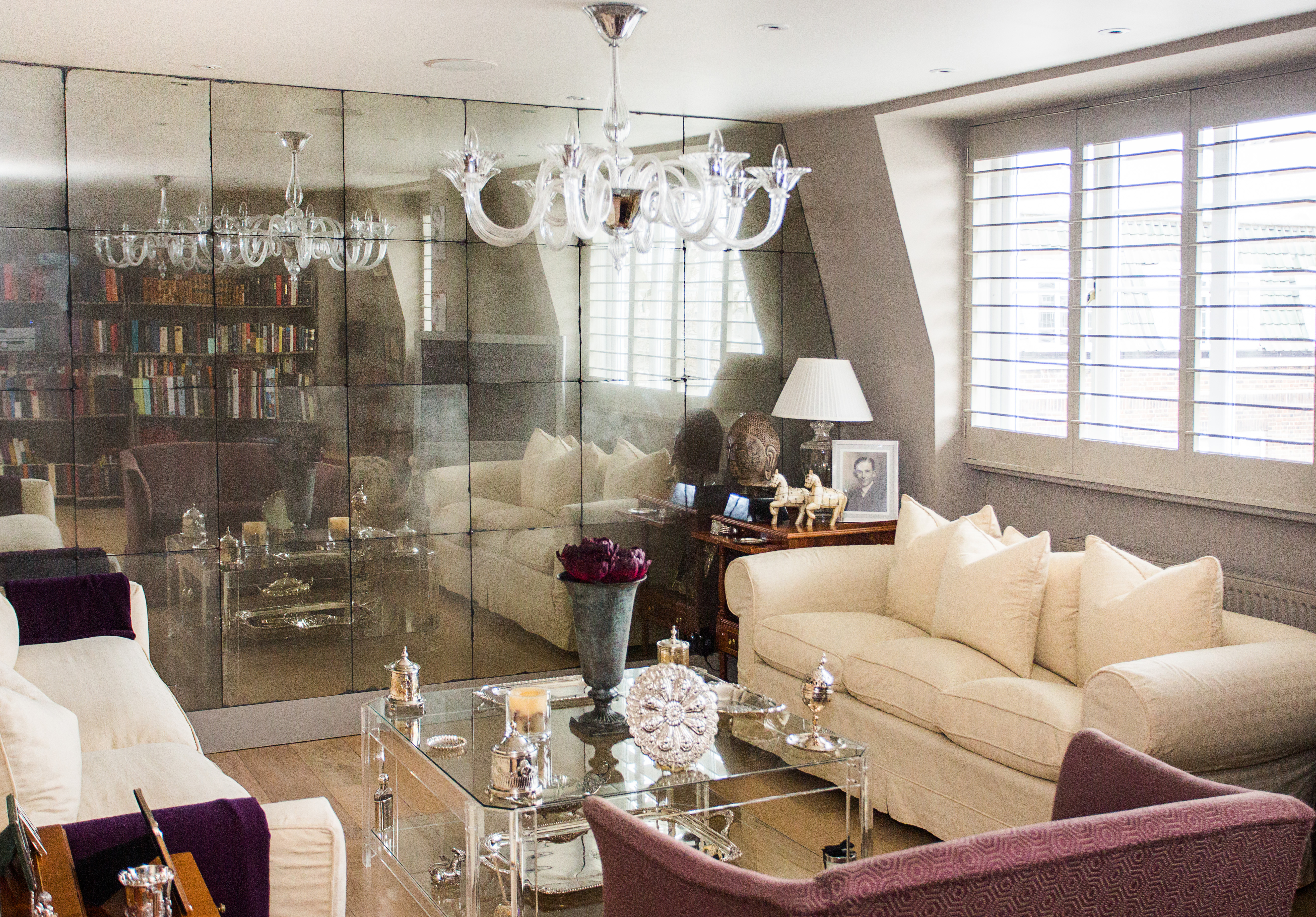Julie Jarvis, Technical Director of D R Services, gives advice on avoiding problems with wet areas in hotels.
From weary business travellers to A-list celebrities, all types of people use hotels, even though the length of their stay, the reason for their journey or the way in which they use the accommodation may be very different.
Despite the variety of clientele, what the vast majority of clients tend to have in common is the fact they will stay in a hotel for just a short period, typically from one or two nights up to perhaps a fortnight.
And the main effect of this, whatever a person’s social background or nationality, is that they are unlikely to treat a hotel room with the same respect they do their own property. Even ‘fair wear and tear’ can be increased by people’s unfamiliarity with their surroundings and can cause more serious attrition to the fabric of the building.
While hotel rooms are frequently referred to as simply “somewhere to sleep”, most rooms these days also feature an en-suite bathroom or shower-room which, although they can help give guests a positive impression of their stay in a place, the fact they bring water into the equation actually also offers greater scope for damage.
Issues such as damp patches or the smell of mouldy plasterwork might be something one associates with the sort of seedy establishments featured on reality programmes like the Hotel Inspectors, however water has no respect for star ratings, location or any other measure by which we might judge accommodation.
If a guest leaves the shower curtain outside the bath, or water seeps through some cracked grouting, escaping onto the floor in any quantity, it is almost certain it will find its way through to the ceiling below. Indeed there are examples of top hotels in our major cities where almost every soffit is stained and suffering from mould growth due to leaks from above.
There is no completely foolproof answer to such situations as even full ‘wet room’ installations can be punctured or over-topped, yet specifying well designed and straightforward to install shower enclosures will go a long way towards addressing the root cause of damp.
If we look first at the ubiquitous shower curtain, the simple answer is to opt for the more attractive, and much more reliable alternative of a glazed shower screen. They are far easier to keep clean, should not require replacing within the life of the bathroom interior: meaning they are more economic. Crucially, correctly specified, a screen continues to prevent water cascading onto the floor without any action from the guest using the shower.
Prominent amongst the developments on the market seen as ideal for the hotel market are shower screens that make use of dry wedged gaskets, combined with channel sections sunk into the wall or sealed to the lip of the bath. Appropriate to retro-fit situations as well as new build work, one channel is recessed into the wall while the other fits unobtrusively along the top edge of the bath. The sheet of safety glass is then wedged into position with the discreet gaskets. An alternative version can have narrow fixed panels attached to the wall and bath, with a hinged panel able to swing back clear of the adjoining basin or cistern.
Moving onto the more troublesome area of shower cabinets, designers should only opt to utilise level entry trays which incorporate features to divert water back into the showering area, and therefore to the drain. Contrary to the legend of King Canute, this trick of turning the tide can actually be accomplished by having a gently curving profile to the threshold, which still feels smooth under foot and facilitates the needs of people whatever their degree of mobility.
The profile causes water running off the inner face of the door to flow back towards the sump which is itself normally low profile and centred on a box-out in the floor slab. This layout should again be backed up by having the cabinet sides installed with securely wedged and sealed channel systems.
We know hotel operators are faced with the multiple challenges of making what is basically a temporary living environment as attractive as possible, while also ensuring the accommodation functions properly and is easy to maintain. Equipping hotel bathrooms with showering facilities ticking all of these boxes will offer a significant step up on the ladder to success.
For more information on solving wet area problems call D R Services on 01279 445277 or e-mail info@drservices.co.uk.


